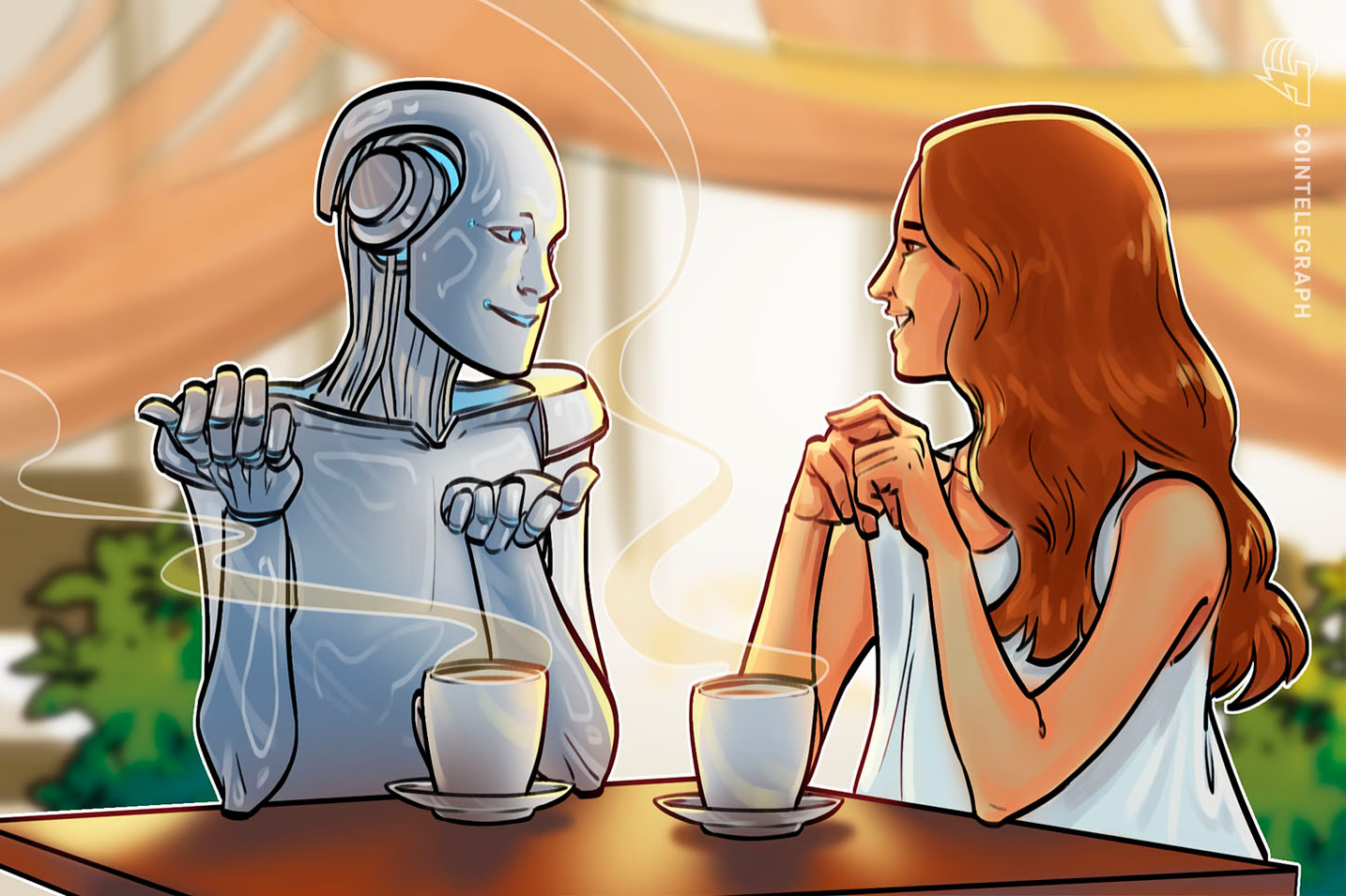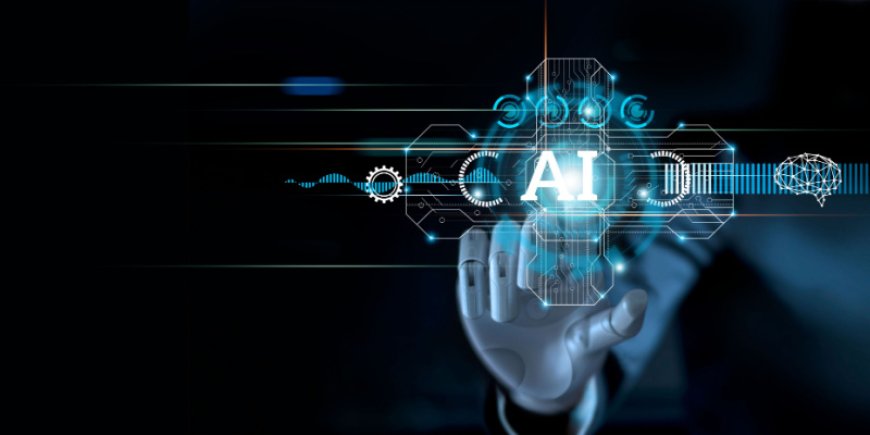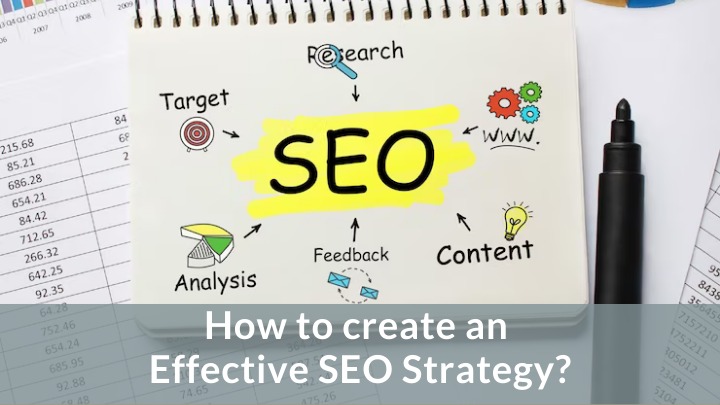
Artificial Intelligence (AI) has seamlessly integrated into the fabric of our daily lives, revolutionizing how we interact with the world around us. From simplifying household chores to redefining entertainment and enhancing personal communication, AI’s omnipresence is subtly yet significantly transforming the ordinary.
Smart Homes and IoT: A Symphony of Efficiency
In the realm of smart homes, AI and the Internet of Things (IoT) collaborate to create a living space that is not only intelligent but also intuitive. Smart thermostats like Nest learn your temperature preferences, adjusting automatically to ensure comfort while optimizing energy use. AI-powered security systems analyze real-time video feeds to distinguish between ordinary activities and potential threats, sending alerts only when necessary, thereby enhancing home security with precision.
- Personalized Comfort: AI algorithms adapt to your routines, automating lighting, heating, and even window shades to reflect your daily habits and preferences.
- Energy Efficiency: Through predictive analytics, AI optimizes energy consumption, reducing costs and environmental impact.
- Enhanced Security: Facial recognition and anomaly detection in AI-driven security systems offer a new level of safety and peace of mind.
The Rise of Smart Assistants
Smart assistants like Amazon’s Alexa, Google Assistant, and Apple’s Siri have become the epitome of AI in daily life. Beyond merely responding to voice commands, they learn from interactions, personalize responses, and even anticipate needs based on past behavior.
- Voice-Activated Convenience: Whether it’s setting reminders, playing music, or getting weather updates, voice commands streamline interactions, making technology more accessible.
- Personalized Experiences: Smart assistants use AI to learn from each interaction, tailoring responses and suggestions to individual preferences.
- Seamless Integration: These AI systems integrate with a myriad of devices and services, centralizing control and enhancing the efficiency of daily tasks.
AI in Entertainment and Media
The entertainment sector has been revolutionized by AI, offering personalized content recommendations on platforms like Netflix and Spotify. These services analyze vast amounts of data on viewing and listening habits to predict what content you will enjoy next.
- Content Personalization: AI algorithms sift through options to present movies, shows, and music tailored to individual tastes, transforming how we discover and consume media.
- Interactive Gaming: In gaming, AI not only powers non-player characters (NPCs) but also adapts game difficulty based on player skill level, enhancing engagement.
- Creative Processes: AI is also influencing content creation, assisting in everything from writing music to generating visual effects in movies.
AI in Personal Devices and Wearable
Personal devices like smartphones and wearable have become more intuitive thanks to AI. Smartphones now offer AI-powered photography, optimizing settings for each shot, while wearable track health metrics, offering insights and recommendations tailored to personal fitness goals.
- Smartphone Capabilities: AI enhances various smartphone features, including camera optimization, battery management, and personalized app recommendations.
- Health and Fitness Monitoring: Wearable devices use AI to monitor health indicators like heart rate and sleep patterns, providing personalized health insights and recommendations.
- Accessibility Improvements: AI technologies in devices can aid those with disabilities, offering features like real-time speech-to-text transcription and visual recognition services to interpret the world for visually impaired users.
AI in Transportation and Navigation
AI’s impact on transportation is profound, with smart navigation systems optimizing routes in real-time to avoid traffic and predict delays. Autonomous vehicles, though still in developmental stages, promise to transform our approach to travel and logistics.
- Smart Navigation: AI algorithms process data from various sources to provide real-time traffic updates, route recommendations, and parking suggestions.
- Autonomous Vehicles: Self-driving cars and drones, powered by AI, aim to reduce human error, increase safety, and transform logistics and personal transport.
- Public Transport Enhancement: AI is used to optimize schedules, reduce wait times, and improve efficiency in public transportation networks.








Leave a Comment